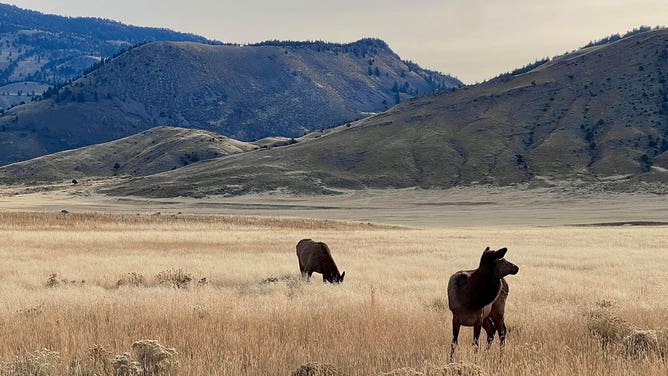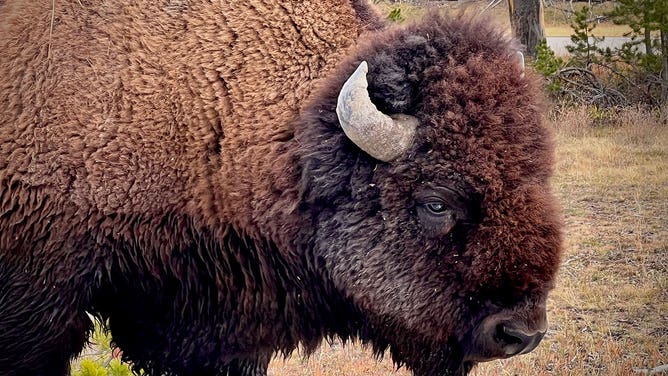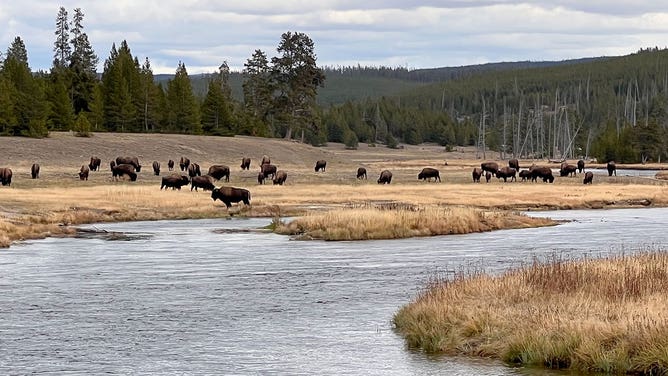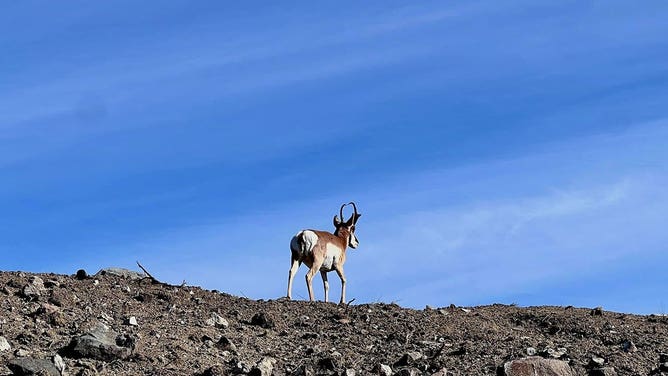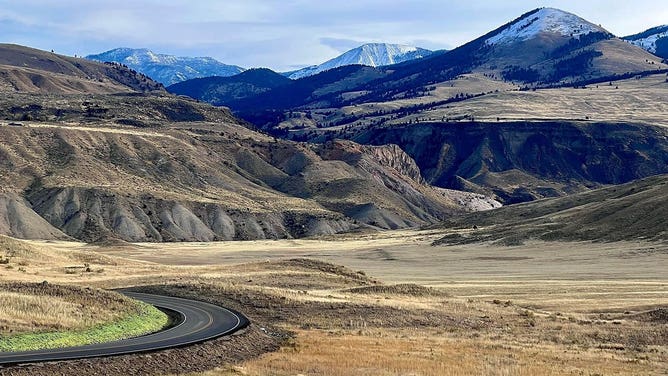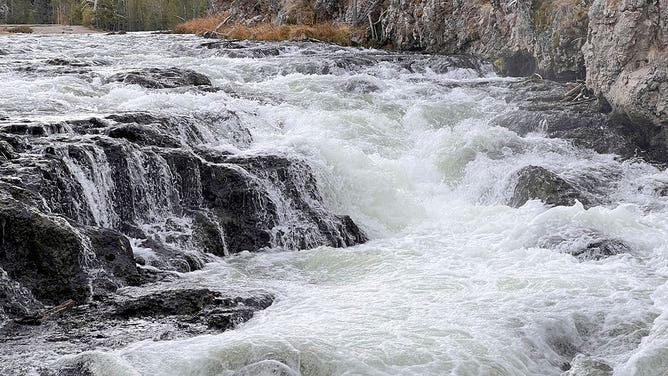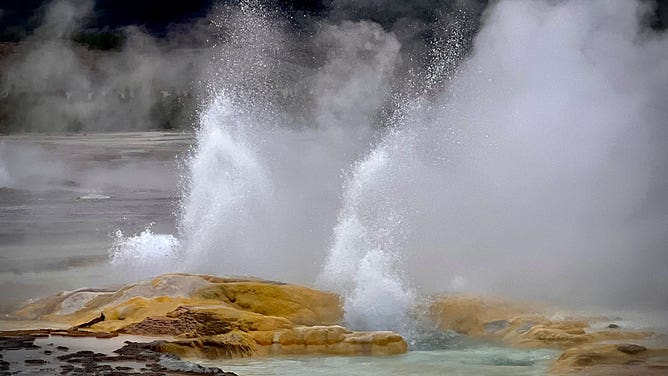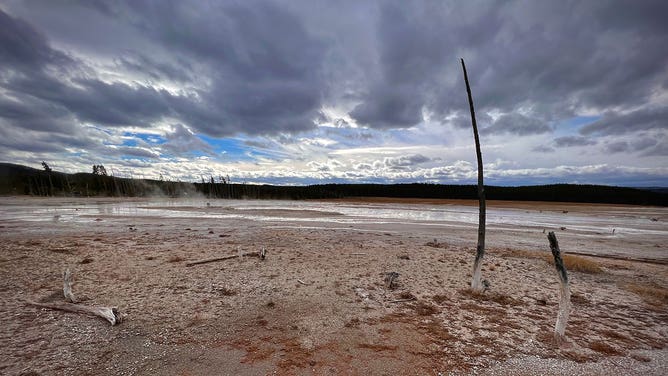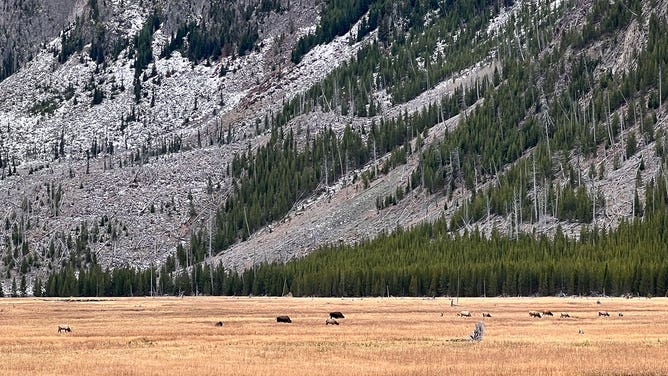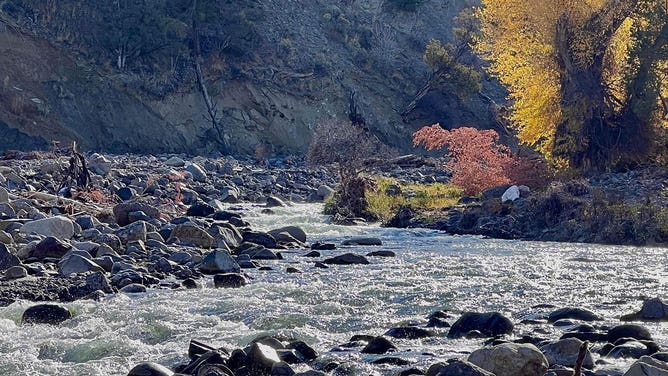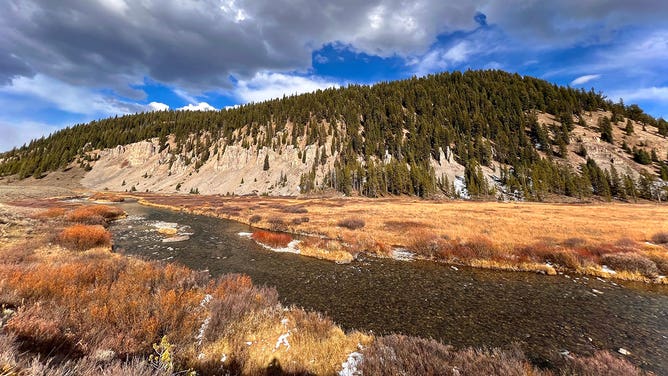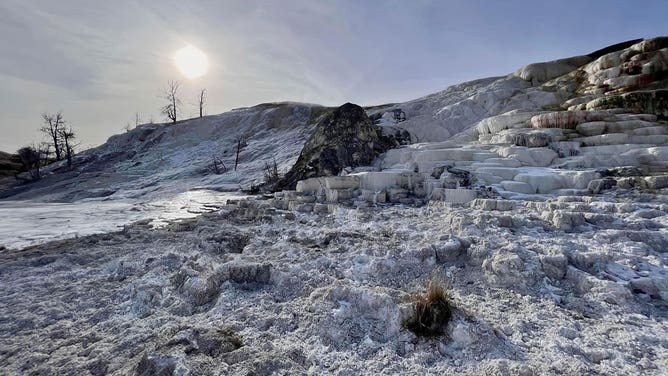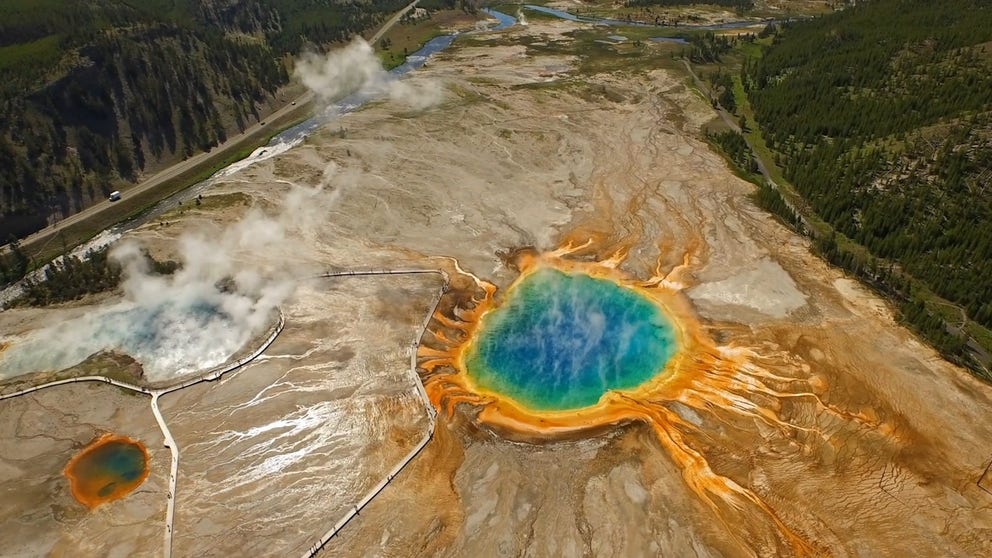Montana's extreme weather helps shape character of iconic Treasure State
The state is the fourth largest in America, with over 147,000 square miles of diverse landscape. Montana also experienced a lot of extreme weather this year, from floods, intense heat and strong winds.
Weather impacts on Yellowstone 150 years later
FOX Weather's Robert Ray looks at the weather impacts on Yellowstone, 150 years later.
WEST YELLOWSTONE, Mont. – The Treasure State is a land of many moods, from the high plains to the snow-capped mountains.
"We are getting warmer, and that's impacting our snowpack," said Cathy Whitlock with Montana State University. "The snow is melting sooner, and we are going into summer with less water."
The state is the fourth largest in America, with over 147,000 square miles of diverse landscape. Montana also experienced a lot of extreme weather this year, from floods, intense heat and strong winds.
"So, we have to adapt," Whitlock said. "Less snow, less water at the end of the summer, more fires."
As Montana transitions into winter, the resiliency of the people and the land is strong.
‘YELLOWSTONE IS AN AMAZING PLACE’: AMERICA’S OLDEST NATIONAL PARK CELEBRATES 150 YEARS
"There are a plethora of challenges," Montana rancher Aaron Paulson said. "Summertime, we have extreme heat. We will get extended periods without rain. Wintertime is months of snow."
Paulson knows these lands well. He's seen and felt the environment change.
"Changes in weather over the last few years certainly have made it more challenging trying to deal with inconsistent precipitation, but we are learning to roll with the punches and make it work," he said.
In 2021, the Greater Yellowstone Climate Assessment found that according to geologic studies, the average temperature in the region was as high or higher than any period in the last 20,000 years and likely the warmest of the last 800,000 years. To make matters worse for the West's river system and water supply issues, the average annual snowfall has decreased by 23 inches since 1950.
7 THINGS TO KNOW ABOUT YELLOWSTONE NATIONAL PARK
Yellowstone National Park
A look at the United States' first National Park: Yellowstone.
"I think the biggest challenge that we are facing already, and we will continue to face in the future, is water availability," said Charles Wolf Drimal with the Greater Yellowstone Coalition. "Big picture: The changes that we are seeing and the changes that we will see are increasing temperatures annually."
Montana has four main ecosystems: The montane forest, intermountain grasslands, plains and shrub grassland. It makes weather patterns unique and often volatile. The region once saw the temperature change 47 degrees in only 7 minutes.
"Over the last 10 years, we have tried to track weather fairly close every day and keep records, and we have certainly noticed more extremes," Paulson said.
Many experienced June’s flash flooding in Yellowstone National Park. They also realized that Mother Nature could take hold of even the most beautiful places on Earth at any moment.

